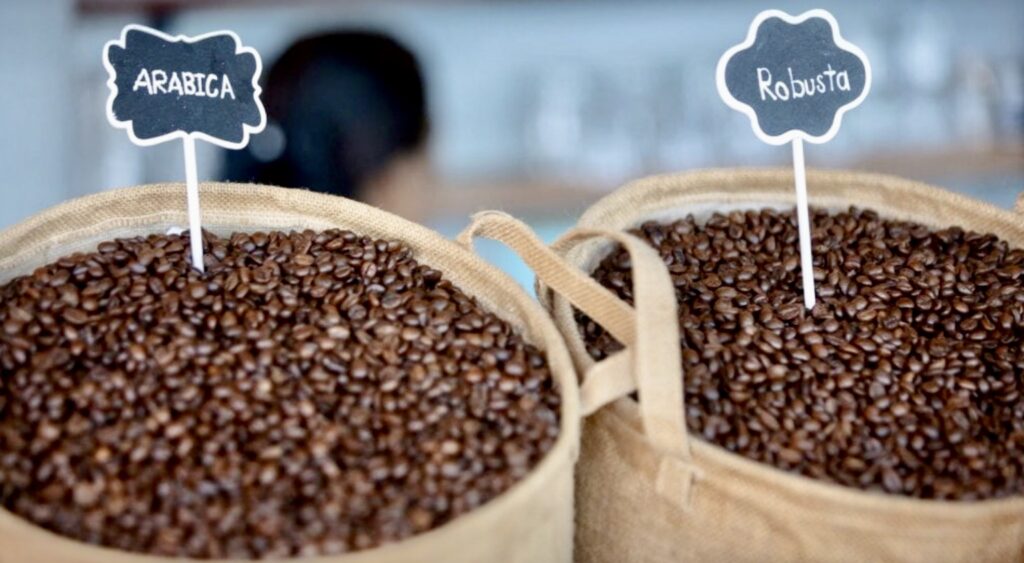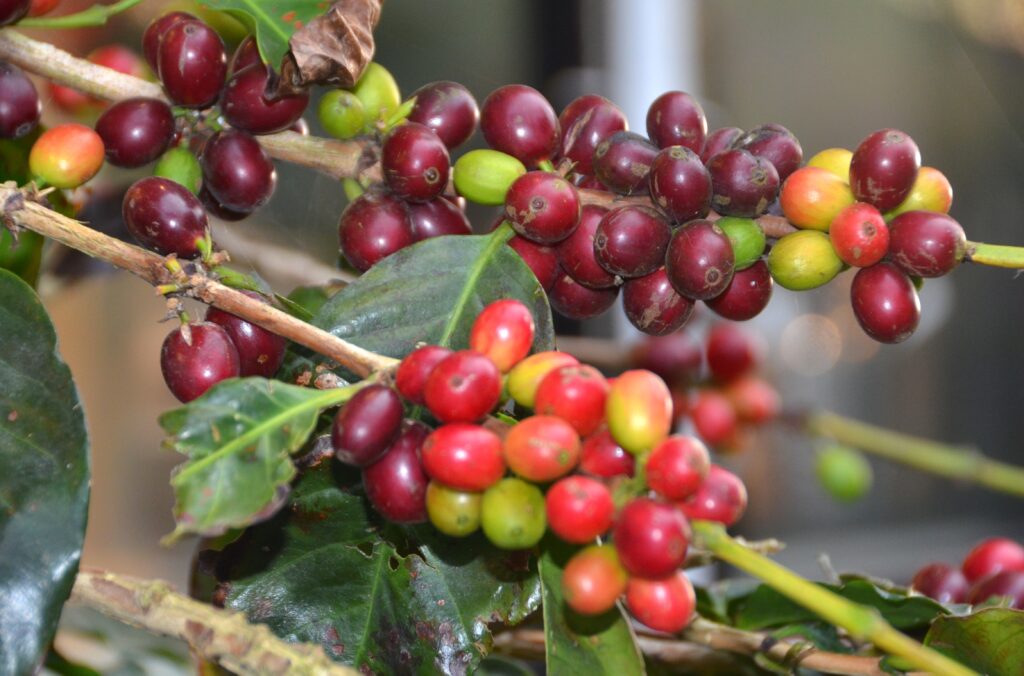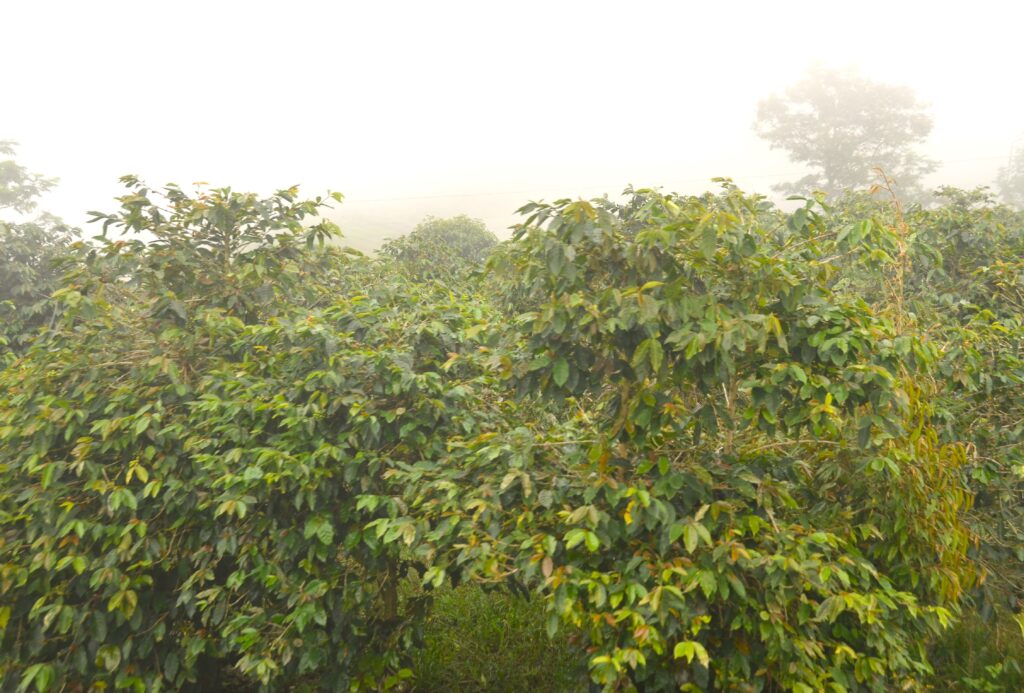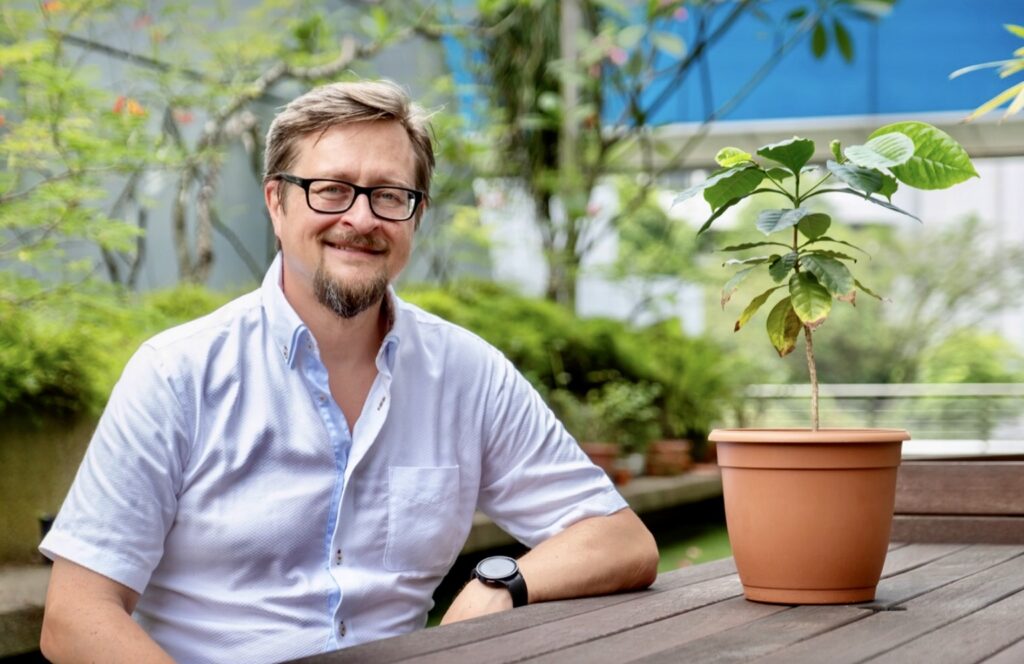By Henrylito D. Tacio

Popular coffee species (Courtesy of NTU Singapore)
Coffee is one of the most widely consumed beverages in the world. Coffee consumption statistics show that around 30-40% of the world’s population consume coffee every day. In the United States, for instance, the figures are much higher and equate to about 65% of the total population. In the Philippines, eight out of 10 adults drink an average of 2.5 cups of coffee daily.
People around the globe consume coffee. In fact, coffee is one of the most traded commodities in the world with a direct annual market size estimate of around US$127 billion in 2022.
There are a number of coffee varieties, but the four most common are Arabica, Liberica, Excelsa and Robusta. Arabica is the most widely cultivated coffee species. However, Robusta beans contain almost double the caffeine of Arabica.
Liberica, which Filipinos touted as “kapeng barako,” is noted for its very strong taste. Excelsa is similar to Liberica except for its smoother, thinner, and more rounded leaves with smooth edges.
“We are one of the few countries in the world that grows four varieties of coffee on a commercial scale although our total production is only about one percent of the total global coffee production,” wrote Antonio R. Reyes in an article which appeared in Philippine Panorama. “Around 85% of our production is Robusta, 5% is arabica and the remaining 10%, Liberica and Excelsa.”
The fertile lands of Mindanao are perfect for growing both Robusta and Arabica beans. In fact, most of the coffee in the country are grown in Mindanao. Seven of the top coffee producing provinces in 2023, as per Philippine Statistics Authority, were Sultan Kudarat (21,442 metric tons), Bukidnon (9,042 MT), Davao del Sur (8.190 MT), Davao de Oro (4,346 MT), Maguindanao (4,269 MT), Sulu (3,563 MT), and Basilan (3,222 MT).
Luzon has two top coffee producing provinces: Cavite and Batangas, which produced 8,190 MT and 3,658 MT, respectively. From Visayas, only Iloilo made it to the list as it produced 5,736 MT.
The coffee tree (or bush) belongs to the genus Coffea. Until now, it is still debated where coffee originated. Some historians said it probably came from Abyssinia, the former name of Ethiopia. The word “coffee” may have been derived from the Ethiopian keffa or the Turkish equivalent word qahveh. The Arabs call the beverage qahwa, which means “strength.”
Recently, researchers from Singapore have traced the origin of Arabica to Ethiopia, while they found that Arabica coffee cultivation was initiated in 16th century Yemen, a country in West Asia which held the world monopoly on coffee production then.
The scientists, co-led by Nanyang Technological University (NTU), uncovered this by studying the genomic origins and breeding history of the Arabica coffee plant. The plants the scientists analyzed included an 18th century specimen used by Swedish biologist Carl Linnaeus to name the Arabica species. Linnaeus is the father of taxonomy, the system of naming plants and animals.
Assistant Professor Jarkko Salojarvi from the NTU School of Biological Sciences (SBS), together with an international team of scientists, have assembled high-quality genomes of Coffea arabica (scientific name of Arabica), whose biological lineage stems from a natural hybridization event between Coffea canephora (popularly known as Robusta) and Coffea eugenioides.
The said event, according to the researchers, may have taken place between 350,000 to 610,000 years ago.
“Most Arabica cultivars today descend from two groups of plants,” they reported. “One is the Typica group, whose lineage comes from plants obtained from either Sri Lanka or India, and which were subsequently grown in Southeast Asia. The other is the Bourbon group, which were grown in the 17th century on the island of Bourbon, now Reunion Island, in the Indian Ocean.”
Prof. Salojarvi, who is the first author of the study, and his team found that the two cultivar lineages, Typica and Bourbon, are related and Arabica plants have low genetic diversity, which makes them susceptible to pests and diseases.
The cultivated plants typically do not have the genetic trait that confers resistance to coffee leaf rust, which can reduce production from between 30% to 50%. The disease reportedly wiped out Sri Lanka’s coffee empire.
There is no easy treatment for coffee leaf rust. Experts recommend removing all infected parts and destroying them. In some instances, replanting the whole area with resistant varieties is recommended.
Even today, coffee leaf rust continues to wreak havoc on coffee farms. The United States Agency for International Development (USAID) estimated that between 2012 and 2014, an outbreak of coffee leaf rust caused about US$1 billion in economic damages in Latin America.
But thanks to the study, the research has identified a new combination of genes shared by disease-resistant coffee plants, which could help protect Arabica plants vulnerable to coffee leaf rust.
“The high-quality genome sequence of the three plant species, together with the candidate genetic sequences for coffee leaf rust resistance, form the cornerstone for breeding new varieties of Arabica plants that are more adaptable to change and more resistant to diseases caused by pathogens like fungi,” explained Prof. Salojarvi.
The study involved a large consortium of researchers and coffee breeders from Australia, Belgium, Brazil, Canada, China, Colombia, Finland, France, Germany, Indonesia, Italy, the Netherlands, South Africa, Spain, Switzerland, Uganda, and the United States.
“The work builds on collective coffee research spanning over 60 years,” Prof. Salojarvi explained. “The coffee cultivars and wild individuals that we analyzed were obtained from coffee breeding institutes from all over the world such as Brazil, France, Indonesia and Uganda.
“The high-quality reference genome itself that we compiled was obtained from an aberrant coffee plant with only one copy of its chromosomes,” he continued. “In most species, there are two copies of the genome, one from the mother and one from the father. Having a single copy makes it easier to establish the genome because we don’t have to deal with differences between paternal and maternal genomes. This is why we believe our genome assembly is superior to others obtained from standard coffee plants.”
The reference genome gives the researchers a way to compare the different coffee individuals, because they can now identify their differences. “There is over 60 years of theoretical research on how these differences are propagated through different generations, which allowed us to make predictions of the size of past generations and study how the different individual coffee plants in our study are related,” Prof. Salojarvi said.
There are several methods on how to use the reference genome. The first method is for accelerated breeding by genomic selection, which is similar to what’s done for cattle breeding.
“We can set up a breeding population where we know the phenotype, meaning the physical characteristics, of each of the plants,” Prof. Salojarvi explained. “The reason for these phenotypes stems from the small differences in the plant genomes. With the genome data, we can predict the makeup of descendants from this population even before they make coffee berries for the first time.
The second approach is to use it as a reference point to modify the plant’s genome using genetic scissoring methods, which allow the insertion of novel genes into the genome.
He continued, “Using these methods, we can introduce genes that boost coffee performance immediately, without waiting for conventional breeding to obtain the same results. However, there are legal issues with using these genetic scissors since they create genetically modified organisms. Before taking these into wider use, they need to be dealt with first.”
All those techniques make it possible to develop cultivars that are resistant to coffee diseases such as coffee leaf rust and still maintain the high aromatic qualities of the classic Arabica.
“In our work, by comparing leaf rust resistant varieties and cultivated coffee, we identified a small region in the genome, containing around 30 genes, that could convey coffee leaf rust resistance,” Prof. Salojarvi said. “This is currently being tested by our collaborators in Brazilian coffee breeding institutes.”
Their work was published in the journal Nature Genetics in April 2024.
“With the help of our study, we can now develop leaf rust resistant varieties that could help bring back the more widespread Arabica cultivation in Asia,” Prof. Salojarvi said. “With rapid climate change, the areas best suitable for different crops are going to change, and this work makes future variants of Arabica a viable option.”
In addition, the highly detailed genomic sequences mapped for all three coffee plants also mean that other useful traits could be identified in the future, such as resilience to drought, better crop yield, and more aromatic coffee beans.
When asked why he focused his studies on coffee, Prof. Salojarvi replied, “In spite of its importance to the everyday lives of millions of people who derive their income from coffee and coffee-related industries, coffee – particularly Arabica coffee – has been one of the few major crops without a proper ‘reference genome assembly,’ which is a complete and accurate record of all of its genetic material. The reference genome allows modern rapid breeding technologies which are essential for developing coffee varieties (cultivars) which are resistant to diseases and can tolerate future climate changes.
“Fast breeding,” he added, “is needed since there are, for example, estimates that by 2050, the area suitable for coffee production will be halved due to climate change. This time span is so short that it would be extremely challenging to develop cultivars that can tolerate these new conditions with traditional breeding approaches.” – ###




